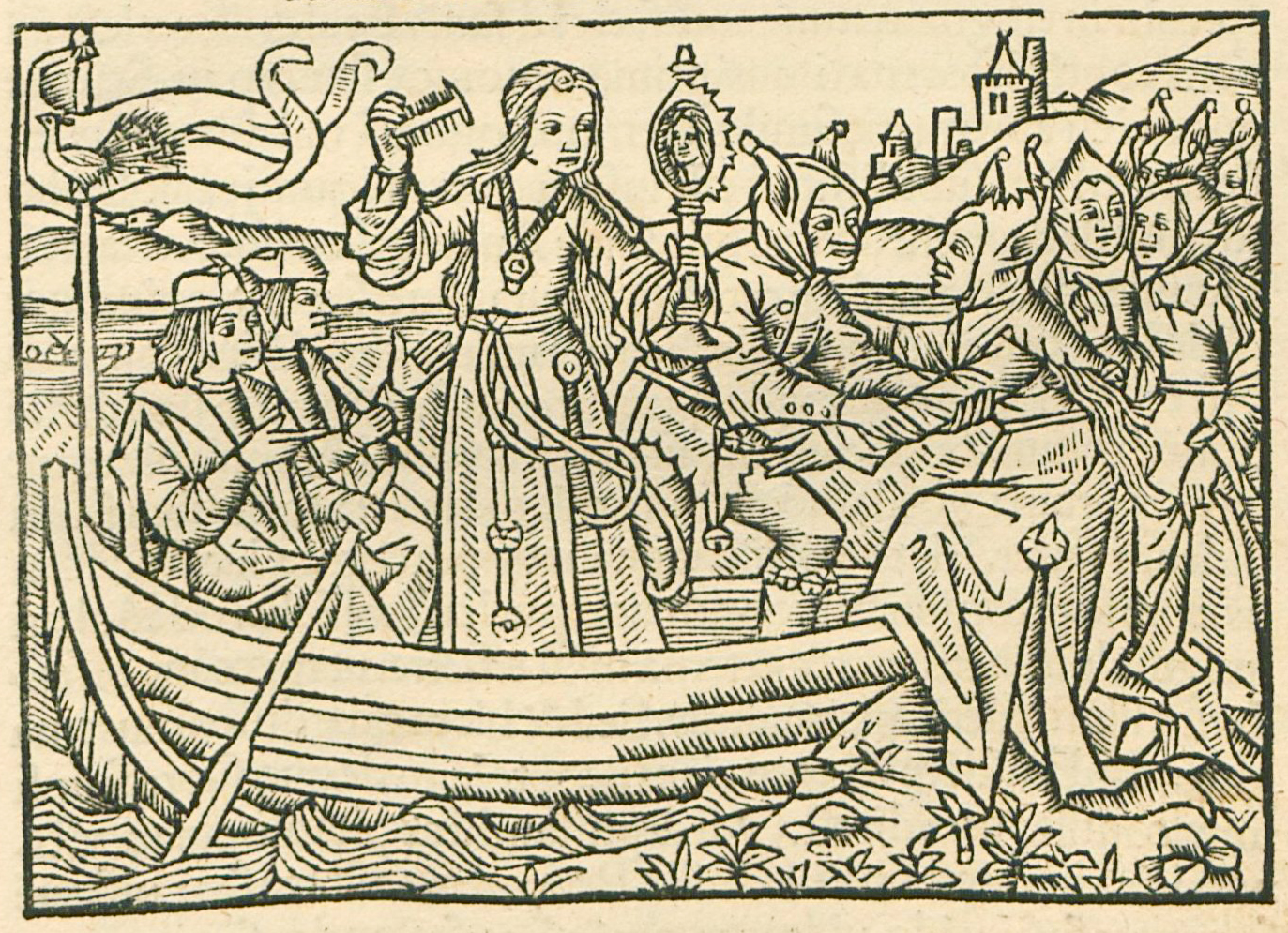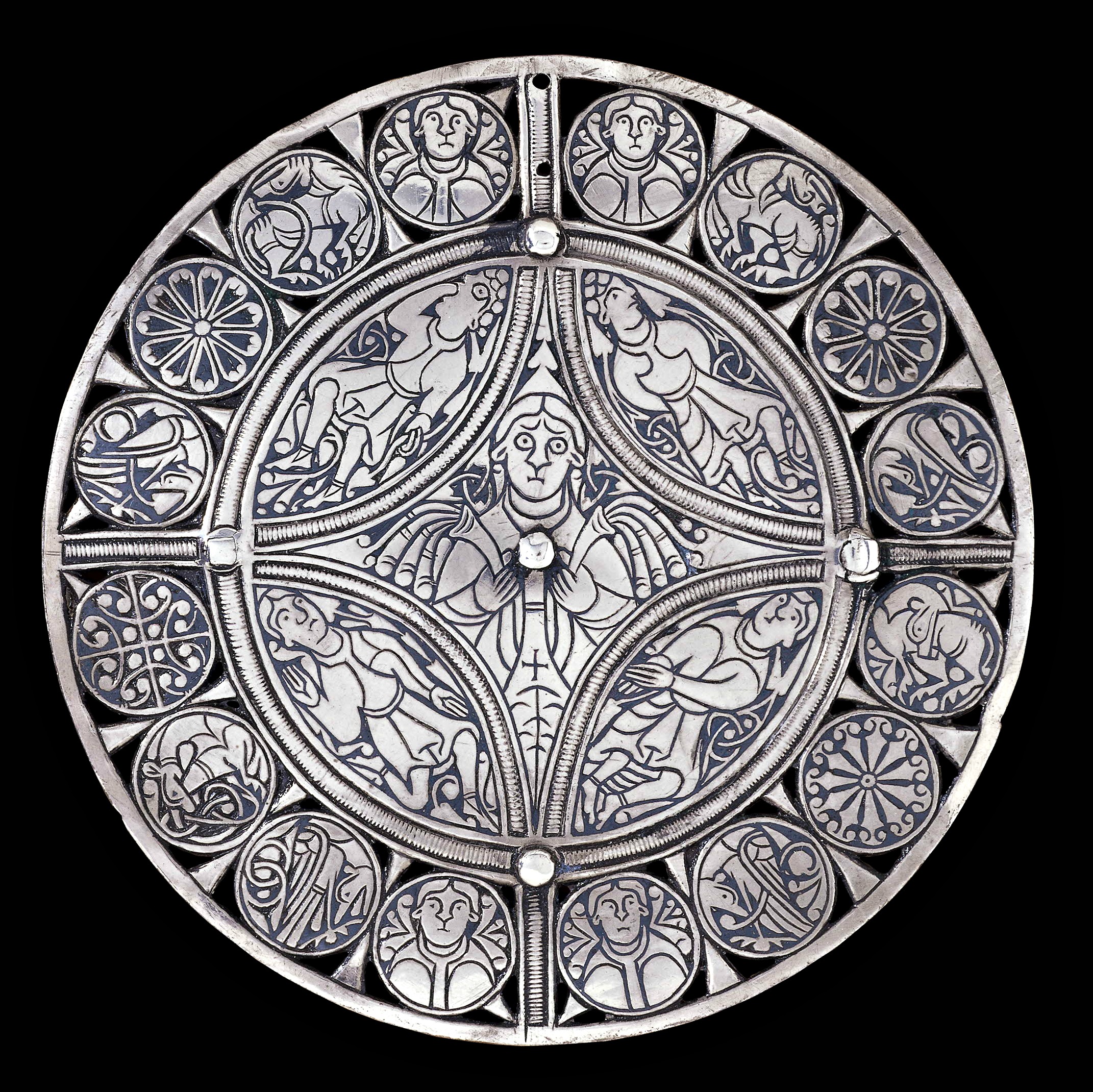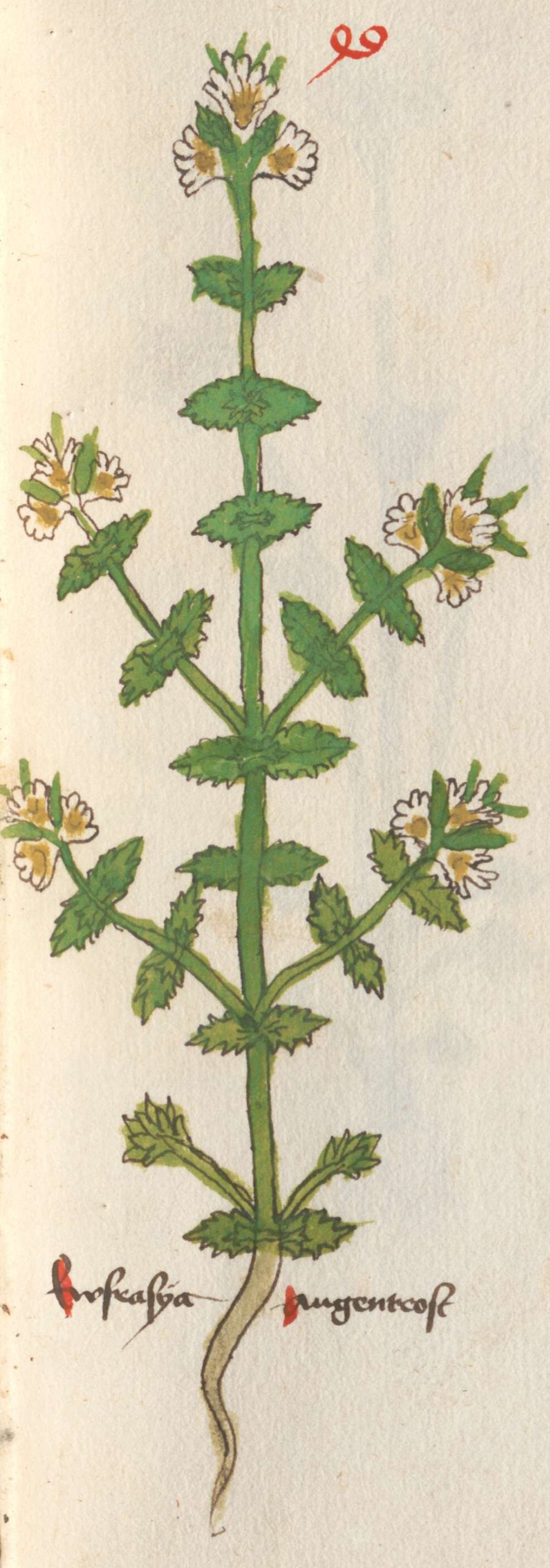The consciousness of a kind of artistic “style” began in the Renaissance, as did the concept of what I call big-S, intentionally-named “style” used as a description and a basis for study. And once the toothpaste was out of that particular tube, it couldn’t be shoved back in again; we were always going to be aware of style in a manner that hadn’t existed before.

So the fact that ideas of style were constructed in the post-medieval era means we’re inherently projecting our own judgement backward. Besides a basic ahistoricism, this comes with other issues:
- It’s a bit too easy to make moralizing arguments based on comparisons, and conjure pictures of large-scale progress or decay based on the art produced, a projection of macro from the micro.
- It’s a bit too easy to use groupings of like objects to derive a narrative of place (who the artist was and where they came from), and from there make ethnic (read: racist) arguments.
- It’s a bit too hard to be neutral, which is seen as the academic ideal (whatever you think about the possibility of true neutrality).
These reasons and others are why the discipline began to move away from using “style” as its chief mechanism around forty or fifty years ago. These categories or assessments can be useful when orienting ourselves in approaching the vastness of the subject, and for communicating our thoughts to others (as they’re chiefly used this site: La Tène style, Gunda Gundë style, etc), but it’s something to be aware of. Big-S, art historical “style” can lead us awry. It is a tool, and no tool is 100% benign.
However.
When you’re making something based upon an historical artwork, an understanding of what I call small-s style—the comparison of like and like to derive commonality, and like and unlike to determine difference—can be useful. In order to emulate a piece of art, you need to be able to parse it.
But being able to glean a style from a group of existing artwork is a skill. Developing “an eye” can eventually feel instinctive, but instinct is merely the internalization of experience. And that depth of experience takes time.
Which means, unfortunately, there’s no shortcut. But here are some tactics which can be helpful on the path.
OBSERVATION
Give yourself time. Allow yourself to simply look at the art, perhaps even for longer and longer periods.
Push yourself out of your comfort zone.
If you’ve ever read about how to improve social media reach (yes, yes, I know), you’ll read stats that suggest that social media has trained us to scan and move on from looking at images at a startlingly-fast rate. But taking in an artwork requires more than a moment. In fact, it’s likely that the longer you look, the more you’ll see.

Gleaning style requires understanding, and you won’t get that from a glance.
The phrase “deep looking” can feel buzzword-y, but the motivation behind it—to help us exercise our attention spans—is sound. (Bonus: learning patience with images can help you learn to spot images assembled by machine learning/AI, too.)
This first tactic, observation, opens the way to the next.
AWARENESS
What do you see when you observe?
There are so many things to notice when you look at an artwork.
In making stylistic judgements, taxonomy is individual and subjective. Like the items on this list, we must decide what features to account for and what to ignore. This makes it not great for rigorous academic work, but useful for us when we’re trying to reference it with our art.
Here’s an introductory checklist to start with.
- degree of realism
- degree of abstraction
- quality of linework
- color palettes
- color use
- lighting
- whether painted loosely or tightly
- quality of finish
- relationship to the frame
- relationship to the viewer
- relationship to other people/objects
- depth of field
- perspective
- commonality of anatomical forms or features
- types of ornament
- types of foliage
- common narratives, meanings, characters
- how are figures oriented to the frame
These are just examples, and there are always going to be others. In fact, different artworks will have different qualities to observe; that’s one reason why spending more time on it, more often, helps you see better.
Speaking of doing this more…
CONTEXT
Rinse, repeat.
Compare with other artworks from the same time, place, context.
Build yourself a mental library, because the more datapoints you have, the better to see.
And learn about the world in which it was made; knowing the context will absolutely help you see things you might otherwise have missed. (That’s one reason this website exists, after all.)
PRACTICE

The last tactic is simply about application.
You’ve observed, you’ve drunk it in, you’ve absorbed many examples, and now it’s time to try it yourself.
This is the fun time. The time to play.
Put something down on paper (or whatever your preferred medium). Make it real. Assess it. Does it reconcile well with what you tallied before? What features are represented in both the target artwork and your own? What did you struggle with? What did you learn?
This is your chance to step out of theory and into reality. In doing so you’ll learn about the materiality and the physicality, you’ll learn more about what you saw, and you’ll learn about the choices that were made. Maybe you’ll even learn how to get it into your bones, and soon you’ll have this style down strongly enough to innovate. But even if you never get to that point, you’ve still improved your observation and assessment and your eye, and you’re in a different place than you were before.
SUMMING IT UP
The concept of style is inevitably tied to the act of the creator. It focuses on a single moment by assessing only an idealized act of creation, disregarding the messiness of the artwork’s subsequent trajectory and the reality of its reception by an audience. We have to be aware of this in our judgements, because that means our assessment is rarely the whole picture.
But when we do the work to explore the artwork of the past with our own artwork, we have a chance to take in much more of the story. The style we see, yes, but also signs of use, of damage, of ownership, of transformation, alongside the knowledge we gain by making. Learning to recognize and acknowledge more of the artwork’s journey is a great way of combining what you bring to the table as an artist with the context gained by the study of art history, resulting in a integrated picture that might end up greater than the sum of its parts. And it all starts with looking.
There’s always more to see.
There’s always more to learn.
Enjoy!
Interested in more about broadly reading an image? Try:
“A Picture is Worth a Thousand Words: How to Read an Image”, a video from the Getty Museum
Interested in more about the five senses in art? Try:
Nordenfalk, Carl. “The Five Senses in Late Medieval and Renaissance Art.” Journal of the Warburg and Courtauld Institutes 48 (1985): 1–22. https://doi.org/10.2307/751209.
Interested in more about the complications of style, as pertains to art history? Try:
Elsner, Jas. “Style.” Critical Terms for Art History (Ed. R. Nelson and R. Shiff, Chicago, 2003, Pp. 98-109. https://www.academia.edu/6234651/Style.
